Tragus Piercing Pain: Factors And Ways To Minimize it
Elevate your ear game with minimal pain and discomfort and maximum style.
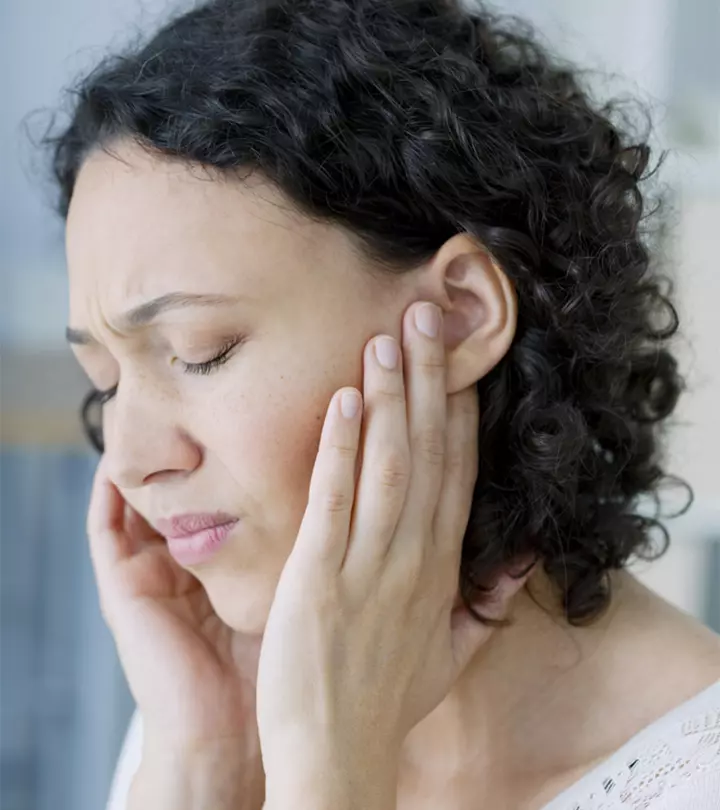
Image: Shutterstock
Tragus piercing pain feels like a quick, intense pinch. For those of you wondering, the tragus is the thick, pointy cartilage at the front of the external ear. The pain a person feels during a tragus piercing is subjective and varies from person to person. Many describe the first feeling as a brief, acute pinch that feels like a light bee sting. Some people report very little discomfort, but others may have slightly more acute pain due to their tragus area being more sensitive. Pain perception is based on several factors such as anxiety, the anatomy of the tragus, and the expertise of the piercing artist. Following proper aftercare tips is crucial to minimize discomfort and ensure that your piercing is healing as it should. In this article, we discuss how painful a tragus piercing can be, the factors that influence it, and ways to minimize the pain. Read on!
In This Article
Pain Scale: How Painful Is A Tragus Piercing?
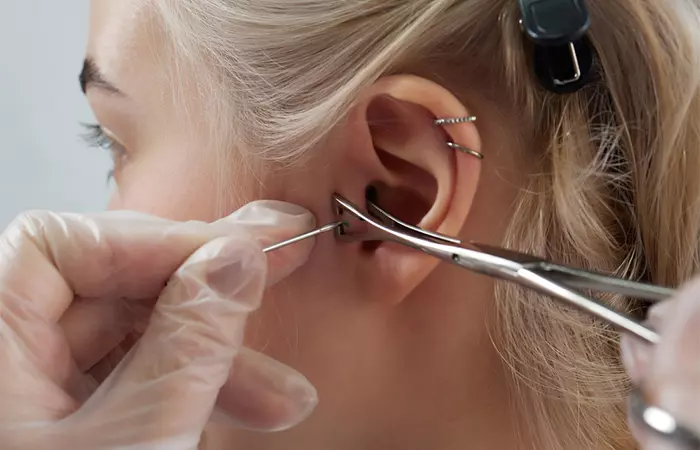
The tragus piercing pain scale typically hovers around 4 out of 10. In general, it is relatively low on the pain scale. Some people report the pain as a very sharp pinch, while others describe it more as a pressure-like feeling. Although everyone experiences pain differently, there are general levels of discomfort you can expect from a tragus piercing.
- Mild Pain (1-3)
Getting a tragus piercing may only cause minor discomfort for some individuals. Although they may feel a sudden intense pressure or pinch, the pain normally disappears rapidly. Most people can tolerate this degree of discomfort and it is unlikely to cause any issues with the piercing’s healing process. In addition, discomfort is usually felt during the actual process only, so even people with lower pain thresholds can tolerate it.
- Moderate Pain (4-6)
Some people may experience more discomfort after getting their tragus pierced. This degree of discomfort is often described as a burning or intense pressure. Though it may seem quite painful, it is tolerable and does eventually subside after the procedure is done.
- Severe Pain (7-10)
Some people with low pain thresholds may find getting a tragus piercing extremely uncomfortable. This level of discomfort can feel like a stabbing and last for a little longer. It is essential to let your piercing artist know if you are in extreme discomfort during a tragus piercing session and you need to stop the piercing altogether or take a break.
 Trivia
TriviaThese mild-to-severe feelings of pain are influenced by certain factors that actually affect your tragus piercing process. Learn about these factors in the section below.
Key Takeaways
- Experiencing some degree of pain and discomfort is normal during the initial stages of a tragus piercing process.
- The anatomy of the tragus, anxiety, and stress levels, jewelry type, and pain tolerance level of an individual may affect the tragus piercing pain.
- Choose a skilled piercer, apply a numbing cream, use an ice pack, and practice relaxation techniques to minimize the pain associated with tragus piercing pain.
Factors That Affect Tragus Piercing Pain

- Tragus Anatomy
The discomfort felt during a tragus piercing varies depending on the thickness and anatomy of the tragus. People with a thicker cartilage may experience greater discomfort due to nerve damage. Also, piercing the tragus cartilage may be more painful and uncomfortable since it requires more pressure. On the other hand, the needle goes through your tragus quickly if it is thin with little cartilage.
- Piercer Skill
An experienced, skilled piercing artist can minimize discomfort by using the appropriate tools and techniques. They use new, sterile needles that quickly and painlessly pass through the tragus while applying constant pressure. An uneven or slow piercing leads to more pain. In addition, selecting a reputable studio is essential for a comfortable piercing experience.
- Pain Tolerance
People have different thresholds for pain, so what one person finds tolerable may cause more discomfort to another. A tragus piercing is likely to cause more difficulty for those who are extremely sensitive to pain. Anxiety-related issues can also make pain seem more intense.
- Anxiety and Stress Levels
High anxiety and stress levels may increase a person’s pain levels during a piercing procedure. This may be more noticeable in those with anxiety disorders (1). Thus, in order to reduce discomfort, it is important that you remain composed and relaxed throughout the process.
- Aftercare
Proper aftercare practices greatly impact the degree of pain felt during the healing process. Cleaning the area during the healing process is important. If you are wondering how to clean ear piercing the right way, use a sterile saline solution or antibacterial soap twice a day (2). After cleaning, make sure you rinse well to prevent residue buildup. Keep your new piercing dry and from being touched, twisted, or bumped. Try to sleep on the opposite side and let hot water run over it when taking a shower to help reduce swelling.
- Jewelry Type And Size
The size and types of jewelry used in the piercing may also have an impact on the level of pain experienced. The insertion of a thicker gauge piece of jewelry may result in more discomfort during and after the piercing process. It is also important to ensure that the earring’s length fits your tragus thickness properly. In order to reduce discomfort, talk to your piercing artist about your jewelry options.
 Did You Know?
Did You Know?While all of these factors can make or break your tragus piercing experience, one thing is for sure. You will definitely feel some sort of discomfort during the piercing. But for how long does this pain last? Learn more below
How Long Does A Tragus Piercing Hurt For?
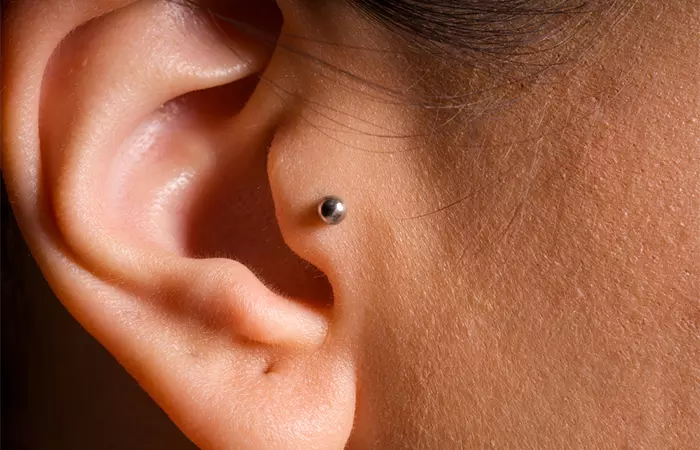
Each person’s experience with pain or discomfort after a tragus piercing is different. It is normal to have some degree of discomfort, swelling, and stiffness for the first few days or weeks after the piercing. The pain may progressively lessen after being more intense in the initial hours when the healing process starts. In general, a tragus piercing usually takes 3 to 6 months to heal, depending on how well you take care of it, existing medical conditions, and lifestyle choices like smoking.
Astrid, a makeup and fashion blogger, shares her own tragus piercing experience in her personal blog. She writes, “The placing of the piercing was a bit painful – I’m not gonna lie. It kept hurting a bit for a few weeks, but it did not get infected at all. This is something I’m very happy about. Maybe the ring piercing helped with the healing process like the woman said. It’s also a convenient place to clean. After a month or so, I did not experience any pain anymore (i).”
Thankfully, there are effective ways to reduce pain so you experience a more pleasant healing process. Find out more about those ways in the next section.
Ways To Minimize Tragus Piercing Pain
Getting a tragus piercing can be a bit uncomfortable, but there are a few ways to lessen the discomfort and make the procedure more bearable.
- Choose A Professional Piercer
Ensure that you go to a reputable and experienced piercer who follows proper hygiene practices and safety standards. Depending on the piercer you select, getting a tragus piercing can be either a painful piercing or a comfortable one. Take a look at their portfolio to see what they have previously done and pick one who has more experience piercing the tragus area. Also, read online reviews and ask for recommendations from friends.
- Prepare Yourself Before The Piercing
Preparing yourself before the tragus piercing can set you up for a smoother and less painful experience. Get a good night’s sleep and avoid consuming any alcoholic beverages for a few days before the procedure. Good sleep may reduce stress levels and enhance the overall healing process of the body. And, avoid the intake of alcohol, nicotine, and excessive caffeine before the piercing process (3). Alcohol may thin the blood and increase the chance of bleeding during and after the procedure. You can take an over-the-counter pain reliever like ibuprofen or acetaminophen about 30 minutes before your appointment to help numb the discomfort.
- Numbing Creams And Sprays
Some piercing studios may offer numbing agents or topical anesthetics to help reduce pain during the process. It is best to talk to your piercer about this choice in advance. Apply a thick layer of numbing agent to the tragus for 30–60 minutes pre-piercing. It will block most of the needle prick sensation.
- Ice Pack
Applying ice or cold packs to the area where the piercing is located reduces swelling and offers comfort. Research indicates that cryotherapy may help reduce pain caused by a needle in some instances (4). Use a flexible gel pack or an ice cube wrapped in a paper towel to soothe any pain or pressure felt. Hold it in place for five to ten minutes after getting your fresh piercing. The cold constricts blood vessels to minimize bruising and inflammation. Do not directly apply the ice to the piercing, as it could damage the skin.
- Relaxation Techniques
You can reduce your anxiety level and nervousness before and during the piercing with relaxation techniques like deep breathing and meditation. These techniques can help you feel less discomfort during the piercing, making it a smoother experience. Some people find it helpful to visualize themselves in a peaceful place during the piercing.
Additionally, opt for high-quality, lightweight jewelry for your tragus piercing. This minimizes the weight pulling on the fresh piercing and reduces discomfort.
A tragus piercing pain may hurt more initially because of the pressure added to the cartilage during the procedure. But this soreness usually goes away in a few minutes, and any additional swelling or pain fades as the piercing heals. Individual pain tolerance levels, aftercare, and the expertise of the piercer play a key role in shaping one’s piercing journey. If you are someone with a low pain threshold, consider using numbing creams and pain relievers before the process after consulting your piercer. If you deal with anxiety, practicing relaxation techniques can help minimize the pain felt during a tragus piercing. Also, always consult a professional for any concerns during the healing process.
Frequently Asked Questions
What should I do if my tragus piercing gets infected?
If your tragus piercing appears red and/or swollen or starts to hurt and ooze, it could be a sign of infection. It’s important not to remove the jewelry, as this could exacerbate the issue. Instead, gently clean it with a saline solution and avoid touching it with unwashed hands. If the problem persists or worsens, seek professional advice from a piercer or a doctor.
Does a tragus piercing hurt more than the nose?
Tragus piercings are said to hurt more than nose piercings. This is because the tragus contains a thick section of cartilage and nerve endings, while the nose typically has thinner cartilage. Piercing through thicker cartilage may result in more pain.
What hurts more: a helix or tragus piercing?
A tragus piercing may cause more discomfort compared to a helix piercing due to the difference in the thickness of the cartilage. The tragus has a thicker piece of cartilage compared to the helix.
Do tragus piercings reject easily?
Similar to other types of piercings, tragus piercings may sometimes be rejected. However, this is not necessarily more common compared to other cartilage piercings like industrial piercing or orbital piercing. Improper placement, piercing technique, jewelry quality, and anatomy of the tragus can influence piercing rejection.
Does a tragus piercing or conch hurt more?
Due to the larger surface area and thickness of cartilage, some may experience more discomfort during the conch piercing procedure than a tragus piercing.
Is a tragus piercing classy?
Tragus piercings are situated in the little projection of cartilage just in front of the ear canal and provide a stylish and classy look. The beauty of this piercing is that it can look classy or edgy depending on the jewelry used to adorn it and your outfit aesthetic.
Do tragus piercings get infected easily?
Yes, tragus ear piercings are at risk of infection if they are not taken care of properly during the piercing process and healing phase. Infected tragus piercing is difficult to treat. Therefore, precautionary measures are important.
Can you put a normal earring in a tragus piercing?
It is not generally recommended to use a regular earring in a tragus piercing. A lower gauge needle is usually used for tragus piercings and the jewelry is often designed specifically for cartilage piercings. Ordinary earrings may be larger and have a thicker post, resulting in irritation or discomfort.
Do tragus piercings interfere with earbuds?
The placement, size, and ear shape as well as the shape of earbuds may affect how well tragus piercings work with them. Certain earbud models may not be as comfortable for some persons with tragus piercings, or they may need to be altered to fit the piercing.
Thinking about getting a tragus piercing but unsure of what all you need to do for a good experience? Watch this informative video and learn what to expect and essential aftercare instructions. Get ready for a smooth tragus experience!
Personal Experience: Source
StyleCraze's articles are interwoven with authentic personal narratives that provide depth and resonance to our content. Below are the sources of the personal accounts referenced in this article.
(i) TRAGUS PIERCING: EXPERIENCE, PAIN, HEALING,…
https://truthaboutcosmetics.blogspot.com/2017/02/tragus-piercing-experience-pain-healing.html
References
Articles on StyleCraze are backed by verified information from peer-reviewed and academic research papers, reputed organizations, research institutions, and medical associations to ensure accuracy and relevance. Read our editorial policy to learn more.
- The Association Of Depression And Anxiety With Pain: A Study From Nesda
https://www.ncbi.nlm.nih.gov/pmc/articles/PMC4198088/#pone.0106907-Vlaeyen1 - Cleaning And Healing Of Pierced Body Parts
https://uhs.berkeley.edu/sites/default/files/piercingcare.pdf - Suggested Aftercare For Body Piercings
https://safepiercing.org/aftercare/ - Ice Reduces Needle-Stick Pain Associated With Local Anesthetic Injection
https://www.ncbi.nlm.nih.gov/pmc/articles/PMC5101544/
Read full bio of Rodrigo Casco
Read full bio of Vaishali Sinha
Read full bio of Anjali Sayee
Read full bio of Shreya Mukherjee







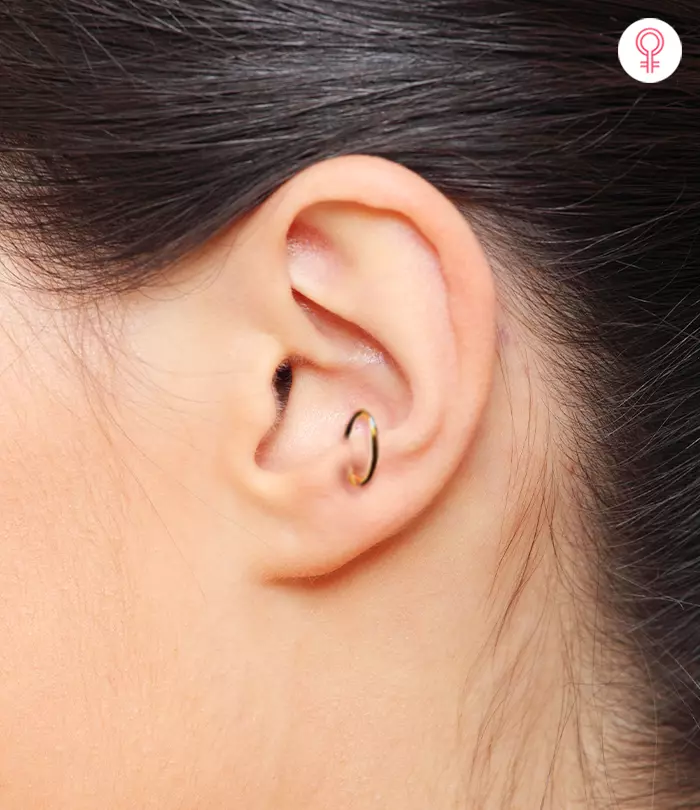

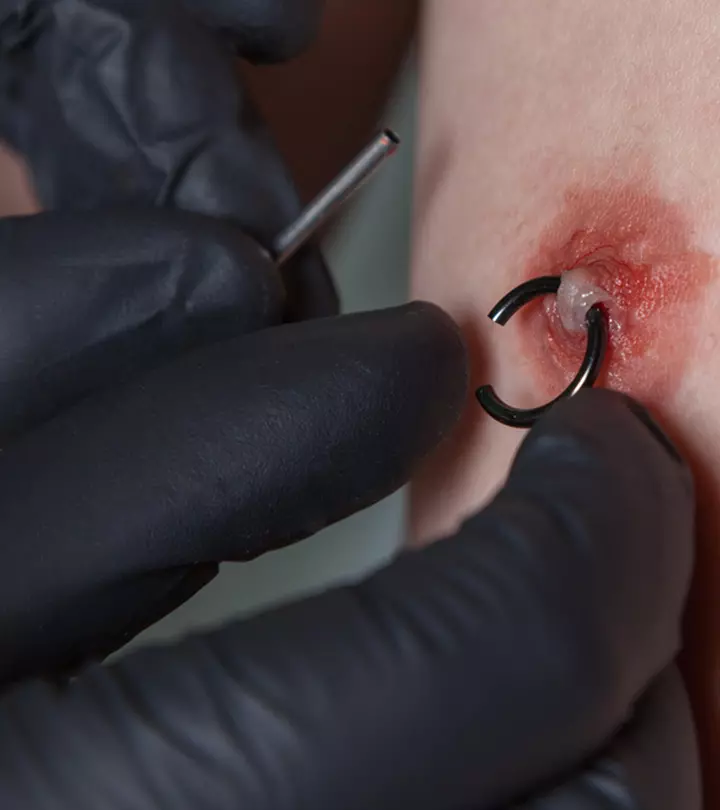
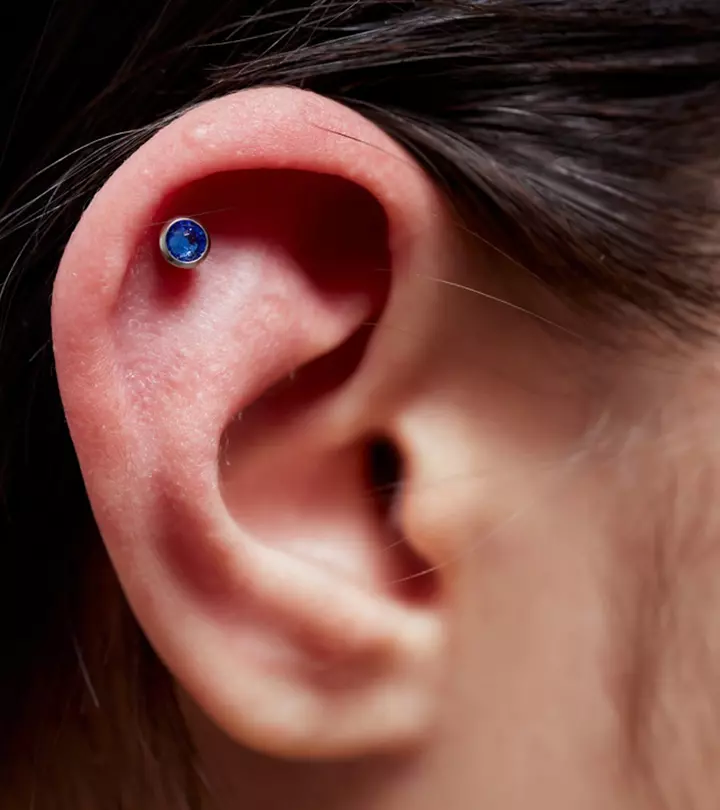
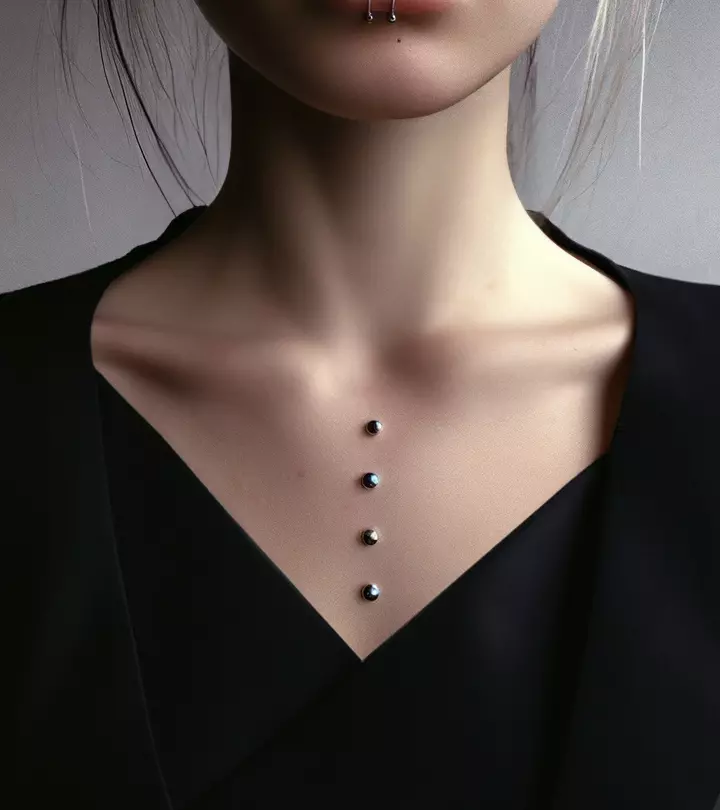
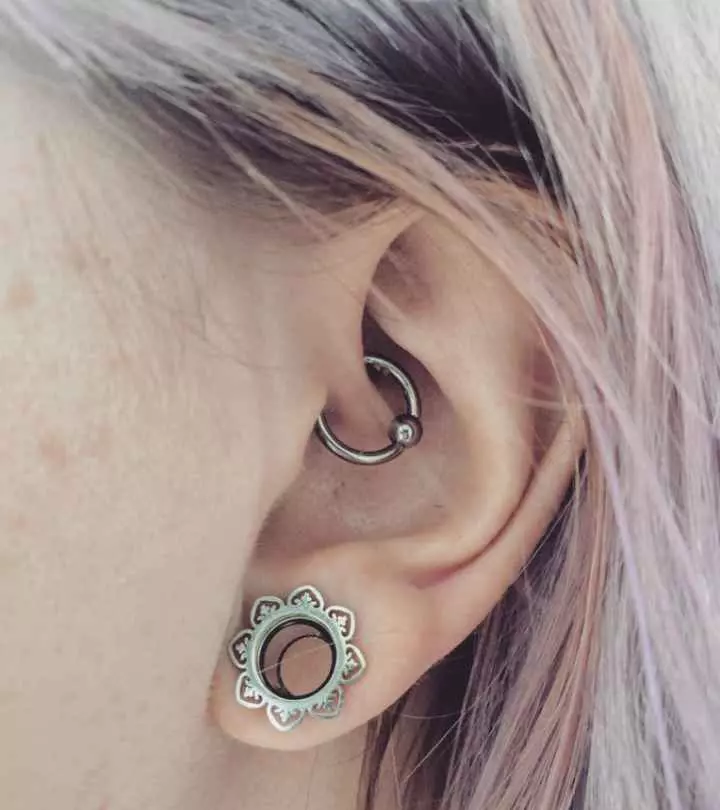
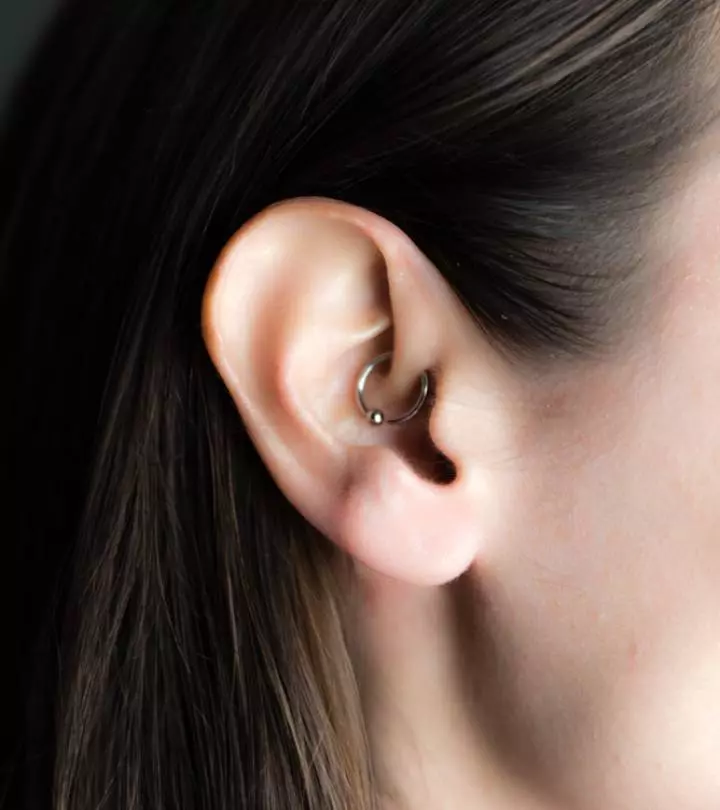
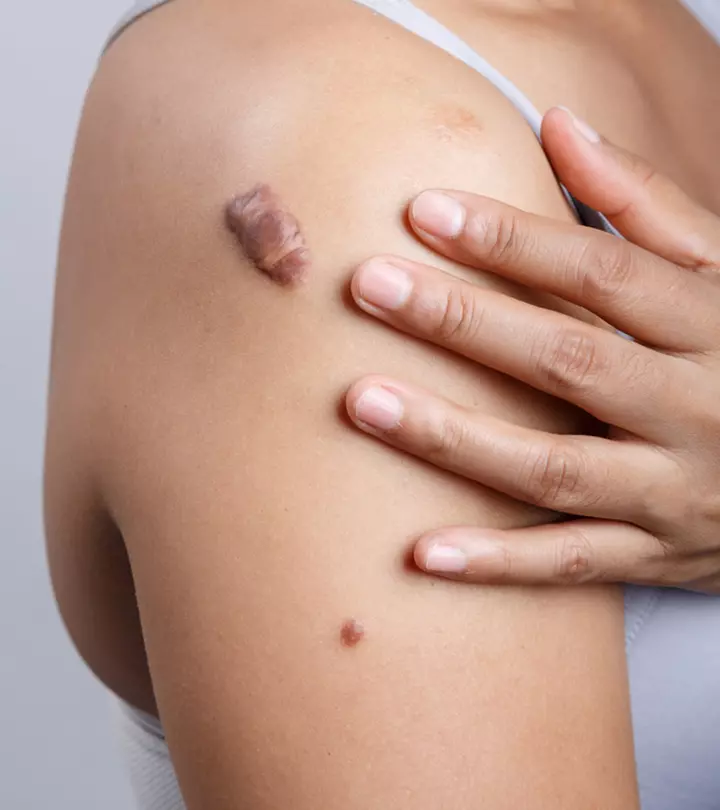
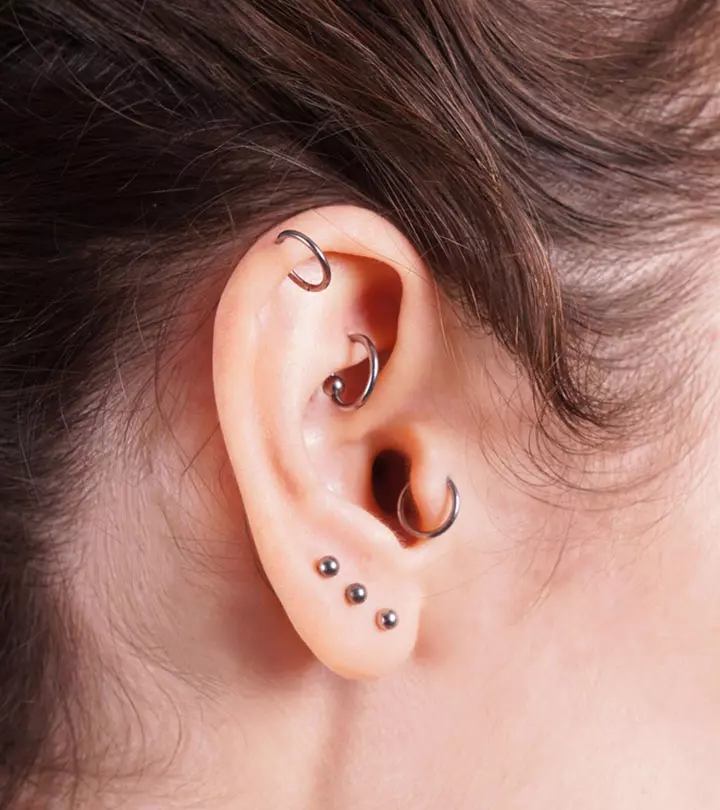

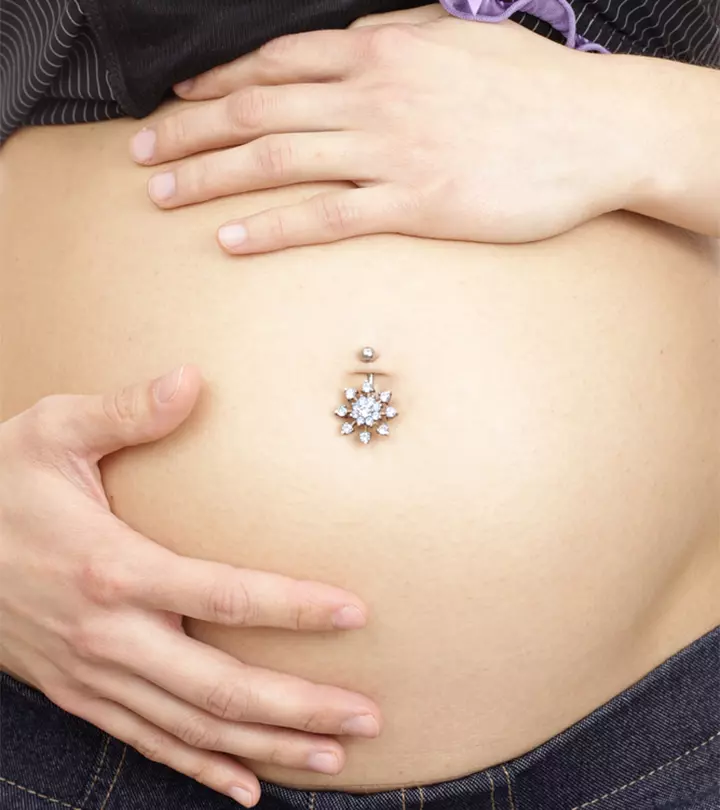
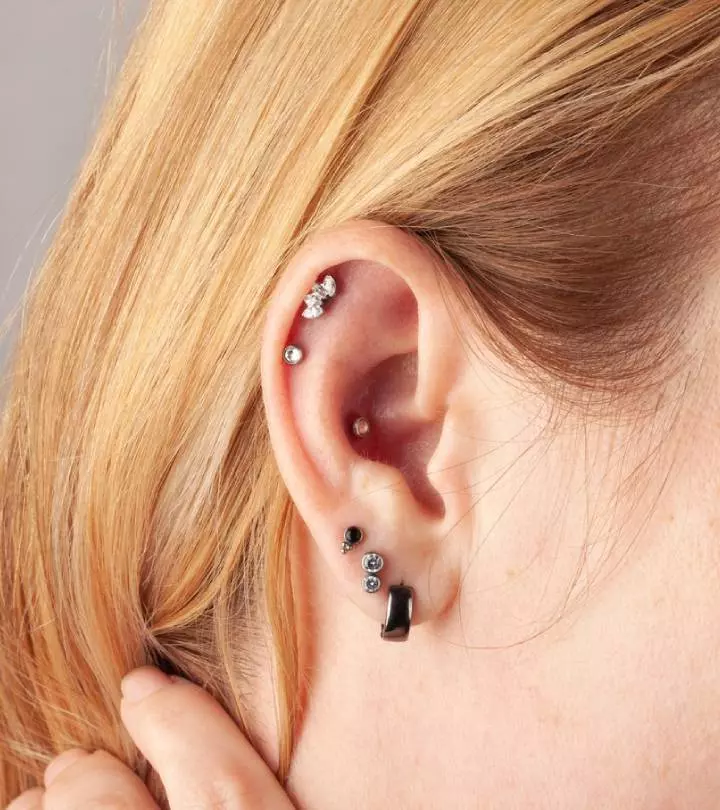

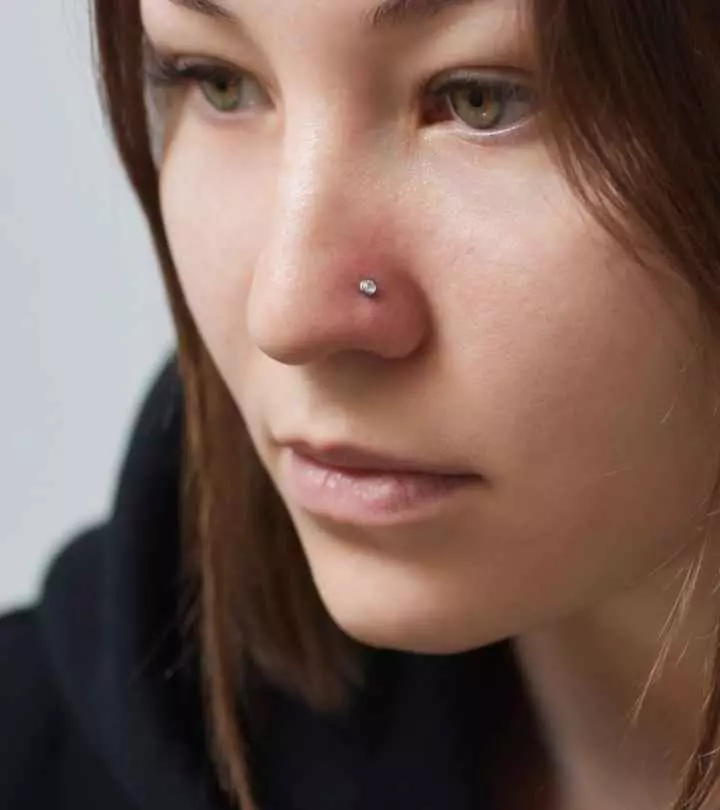
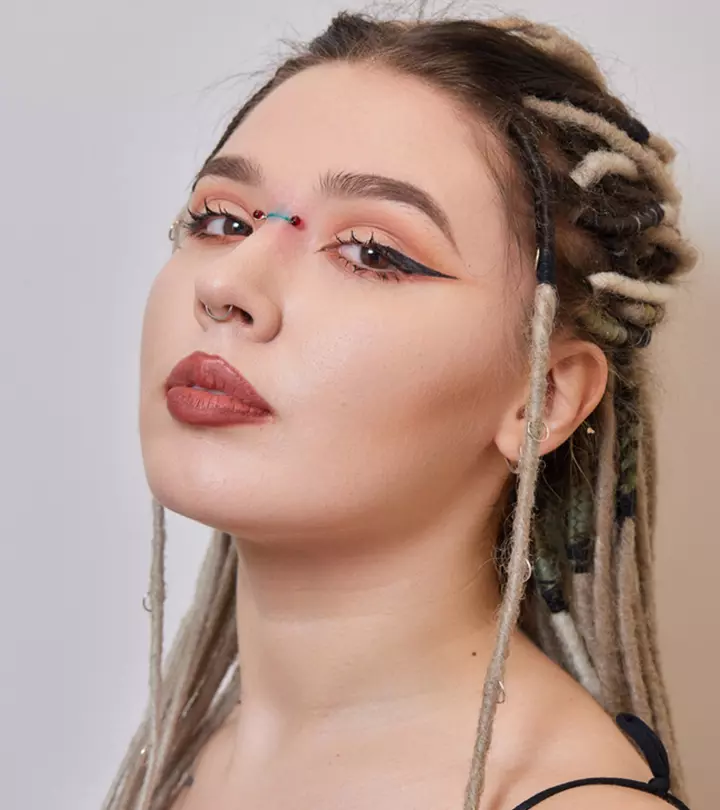

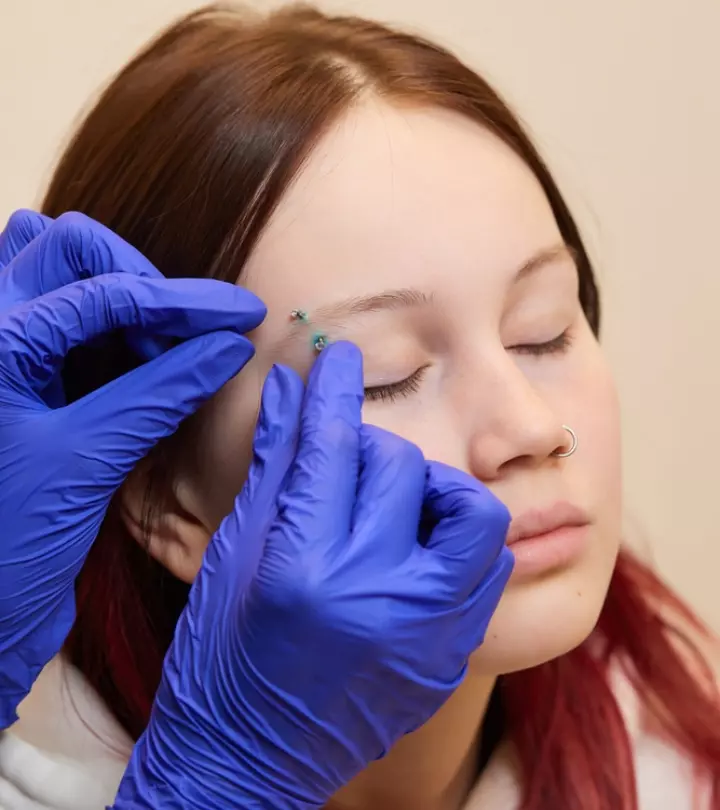


Community Experiences
Join the conversation and become a part of our empowering community! Share your stories, experiences, and insights to connect with other beauty, lifestyle, and health enthusiasts.